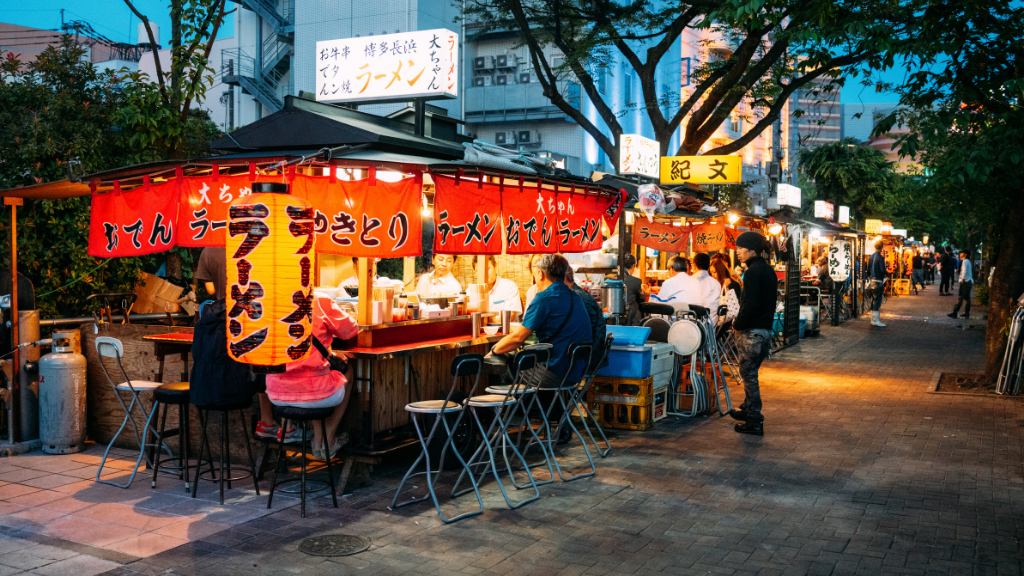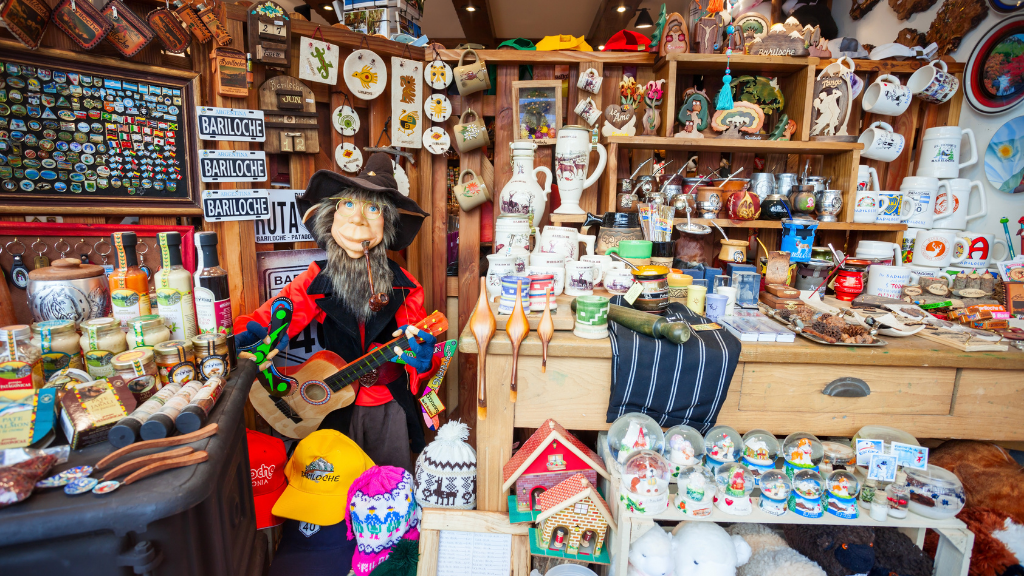According to a 2018 study, tourism accounts for 8% of the world’s carbon emissions, and air travel is the biggest contributor to this figure. Therefore, as a traveler, we have a responsibility to reduce our carbon footprint and minimize the negative effects of our journeys.
But how can we do that? How can we travel with a low carbon footprint and still enjoy our trips? In this article, we will share some tips and strategies that can help you achieve this goal.
By following these suggestions, you will not only reduce your environmental impact, but also save money, support local economies, and have a more authentic and meaningful travel experience.
What Is Carbon Footprint And Why Does It Matter?
Carbon footprint is a measure of the amount of greenhouse gas emissions that are produced by a person, activity, or product. Greenhouse gases, such as carbon dioxide (CO2), methane (CH4), and nitrous oxide (N2O), trap heat in the atmosphere and cause the Earth’s temperature to rise. This leads to various consequences, such as melting ice caps, rising sea levels, extreme weather events, loss of biodiversity, and the spread of diseases.
We contribute to our carbon footprint in various ways while traveling like how we choose to travel, where we decide to stay, what we eat, and which kind of activities we choose to take.
To get an estimate of your travel carbon footprint, you can use online calculators to help you compare different options and make more informed decisions.
How To Reduce Your Carbon Footprint When Traveling
There are many ways to reduce your carbon footprint when traveling. Here are some general tips that apply to any destination:
Choose your destination wisely

One of the first steps to travel sustainably is to choose your destination wisely. The shorter the distance from home you travel, the lower your carbon footprint. But if you want to go farther, some destinations are more sustainable than others.
You can use various sources to find out which destinations are committed to sustainability and have good practices in place. For example, you can check the Sustainable Top 100 Destinations list, which is compiled by a dozen sustainability organizations and showcases the best examples of sustainable tourism around the world. You can also look for destinations that have sustainability certifications or awards, such as the Green Destinations Standard, the Global Sustainable Tourism Council, or the World Travel and Tourism Council.
A good rule of thumb to reduce carbon footprint when traveling is to avoid over-tourism and peak seasons. To avoid over-tourism and peak seasons, you can choose less popular or off-the-beaten-path destinations, or visit them during low or shoulder seasons. This way, you can reduce your environmental impact, enjoy a more authentic experience, and support the local economy when it needs it most.
For example, instead of visiting crowded and popular cities like Barcelona or Venice, you can opt for alternative destinations that offer similar attractions but with fewer crowds and more sustainability initiatives. Some examples are Valencia or Girona in Spain or Verona or Bologna in Italy. Or you can visit these cities during winter or spring when there are fewer tourists and more cultural events.
Avoid flying if possible

One of the biggest factors that affect the environmental impact of your travel is the mode of transport you choose. Different modes of transport have different levels of greenhouse gas emissions and other harmful pollutants, as well as different effects on the local communities and ecosystems.
According to a 2018 study by the International Council on Clean Transportation (ICCT), the average carbon dioxide emissions per passenger-kilometer for different modes of transport are as follows:
- Air travel: 285 grams
- Cruise ship: 250 grams
- Car: 158 grams
- Bus: 68 grams
- Train: 14 grams
As you can see, air travel and cruise ships are the most polluting modes of transport, while trains and buses are the most eco-friendly. Therefore, whenever possible, try to avoid flying or cruising and opt for land-based transport instead.
If you need to fly, choose direct flights over connecting flights, as take-off and landing consume more fuel than cruising. Also, look for airlines that use newer and more efficient planes, or that offer carbon offsetting programs. Carbon offsetting is a way of compensating for your emissions by investing in projects that reduce or remove greenhouse gases from the atmosphere, such as renewable energy or reforestation.
Pack light

Pack smart and pack sustainably for every trip is a great way to reduce your footprint and also make your travel much simpler.
The most simple approach to pack lighter is opting for a capsule wardrobe. For those who don’t know, a capsule wardrobe is a collection of essential items that mix and match well with one another and can be layered to create many outfit combinations. This way, you can pack less, save space and weight in your luggage, and reduce your emissions from transportation.
To create a capsule wardrobe, start by choosing a simple color palette that works well together. Then, select natural materials such as cotton, linen, and wool, which are more breathable, comfortable, and biodegradable than synthetic fabrics. Finally, pick items that can be easily hand-washed and air-dried, such as shirts, pants, skirts, dresses, sweaters, jackets, and scarves.
Eat like a local

Eating local is more than just a trend. It’s a way of experiencing the culture, history, and diversity of a place through its food. It’s also a way of supporting the local economy, the environment, and the health of both yourself and the community.
When you travel, finding local food when you travel can be challenging, especially if you are not familiar with the language, the culture, or the geography of the place. However, there are some tips and strategies that can help you discover the best local food options wherever you go:
Do some research before you go. You can use online resources such as Local Harvest to find local farmers markets, restaurants, cafes, or grocery stores that offer local food in your destination. You can also look for blogs, articles, or guides that feature local food recommendations from travelers or locals.
Ask around when you get there. One of the best ways to find local food is to ask the people who live there. You can ask your hotel staff, your tour guide, your taxi driver, or any friendly local you meet for their favorite places to eat or shop for local food. They will likely give you honest and insider tips that you won’t find in any guidebook or website.
Be adventurous and open-minded. One of the joys of eating local is trying new things that you may not find anywhere else. Don’t be afraid to venture off the beaten path and explore different neighborhoods, markets, or street stalls that may offer unique and tasty local specialties. Be respectful and curious about the ingredients, the preparation methods, and the stories behind the food. You may discover some hidden gems that will make your trip unforgettable.
Shop with a purpose

Sometimes we feel the need to bring home souvenirs from our trip which forces us to buy things that are often unnecessary. That’s why it’s important to shop sustainably while traveling and to be mindful of what we actually need.
Here are some tips on how to shop sustainably while traveling:
- Buy local and vegan. Whenever possible, buy products that are made locally from natural or plant-based materials. This way, you can reduce your carbon footprint, support local communities and artisans, and avoid animal cruelty. Avoid products that are made from animal products, especially if you don’t know how they were sourced or treated. This includes leather, fur, wool, silk, feathers, shells, ivory, and coral.
- Buy less and buy better. Don’t fall into the trap of buying cheap and low-quality souvenirs that will end up in the landfill or in your closet. Instead, invest in quality products that will last longer and have more value. Choose products that are useful, meaningful, and representative of your travel experience. Ask yourself: Do I really need this? Will I use it or cherish it? Does it reflect the culture and identity of the place I visited?
- Shop vintage and secondhand. One of the best ways to recycle while traveling is to shop vintage and second-hand. You can find unique and stylish items that have a history and a story behind them. You can also save money and reduce waste by giving new life to old clothes and accessories. Look for thrift stores, flea markets, charity shops, or online platforms like Depop or ThredUp to find vintage treasures.
Conclusion
In conclusion, incorporating these practices into your travels not only reduces your carbon footprint but also enriches your experiences, supports local communities, and promotes a more sustainable approach to exploring the world.
Remember, every small choice you make can contribute to a more eco-conscious and fulfilling travel journey.









